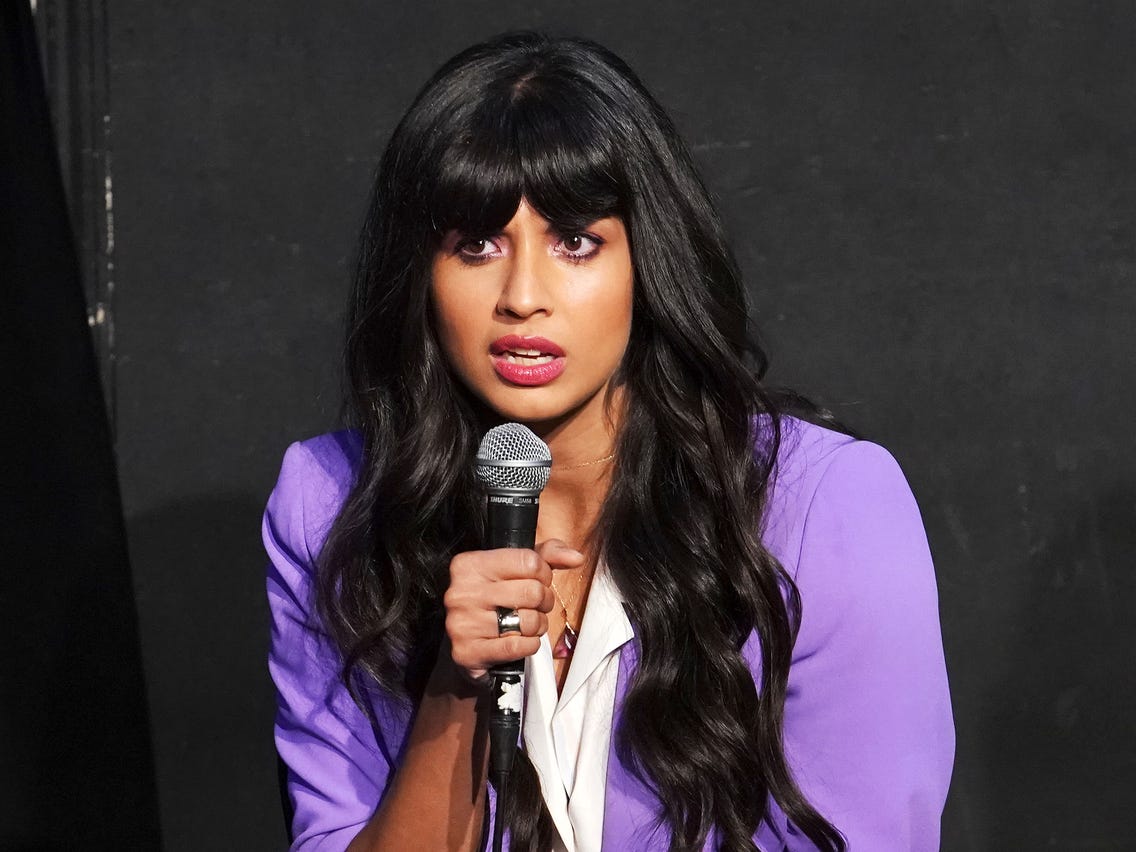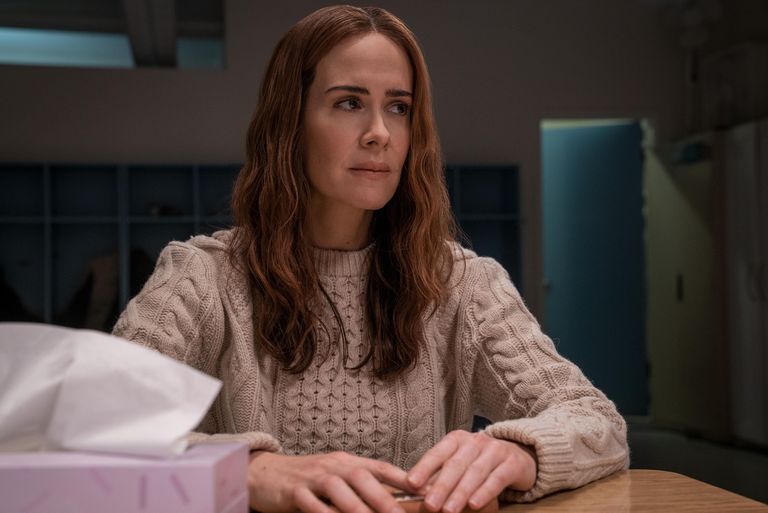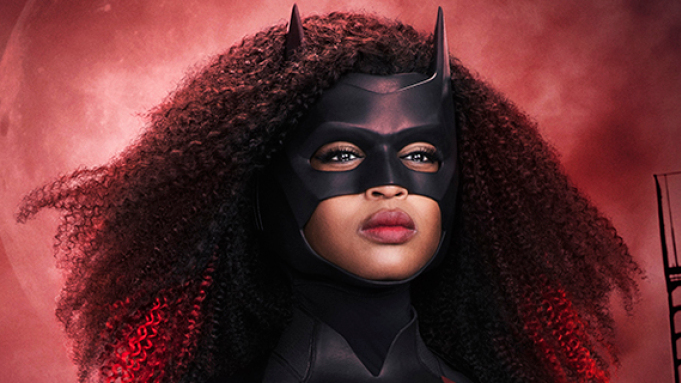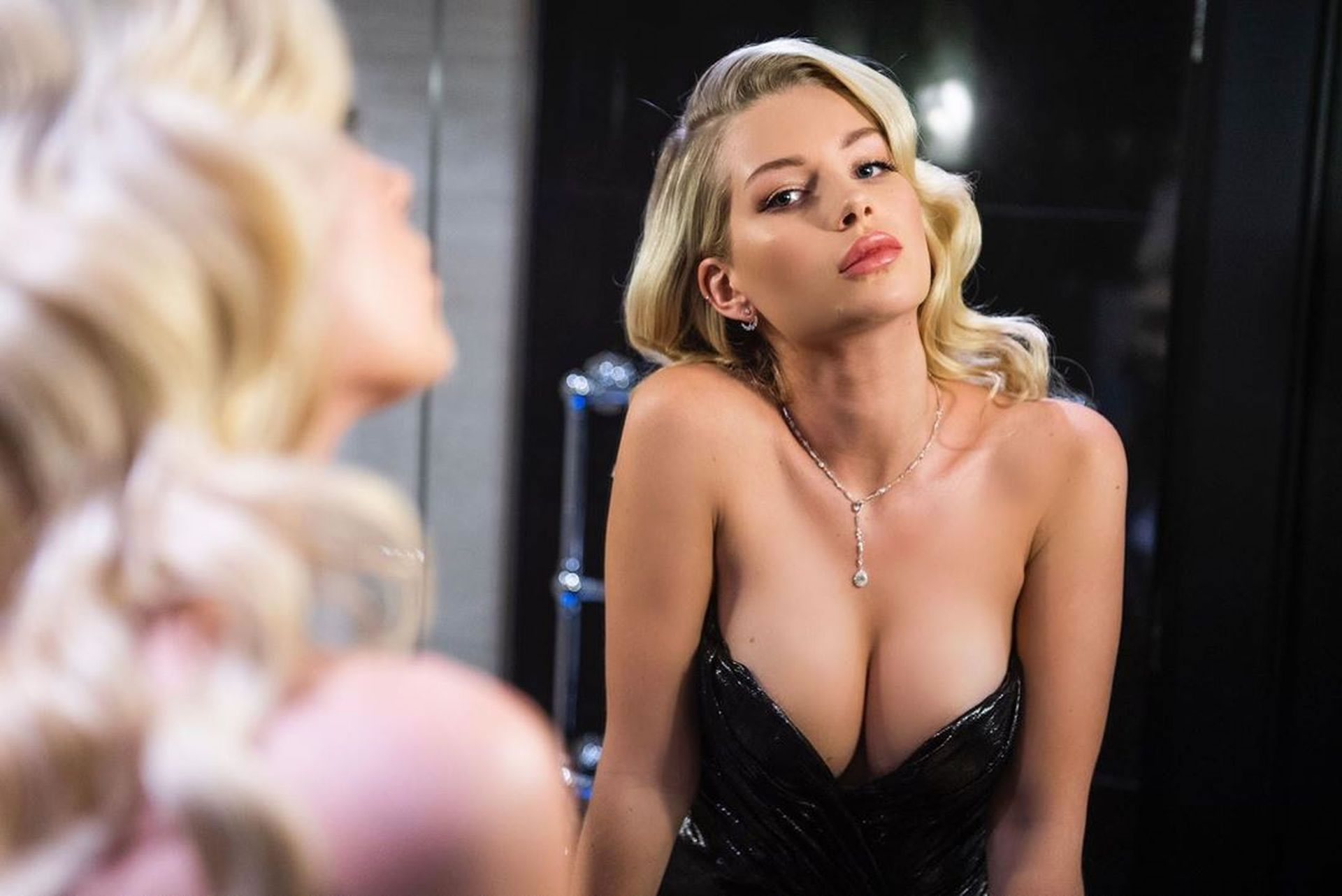Things have never been completely easy for LGBTQ people in society, but this was especially clear during the 1960s.
During this time, it was custom for gay/LGBT-friendly bars in the United States to be raided by the police and in the summer of 1969, iconic New York bar The Stonewall Inn was such a target.

Unlike the usual raid process, in which women would be taken to the bathroom so that a police officer could determine their sex (with trans women being arrested) and men having to produce their ids. Many trans women refused to be checked and men refused to hand over their ids, and so the police planned to take many of them to the police station.
However, with transport having not yet arrived and with those who hadn’t been arrested staying, a crowd began to grow outside of the bar.
As tensions rose between Stonewall Inn patrons, LGBTQ bystanders and the police, violence soon ensued, with LGBTQ folk being assaulted and verbally abused and with bricks, bottles and more being thrown.
With chanting and singing, the events soon erupted into a full on riot and in all, there were three days of further rioting and protests as LGBTQ people were fed up of being mistreated by both the police and the mafia (who ran The Stonewall Inn at the time). The Stonewall Riots were also the basis for the gay pride events that we know today.
It’s these events that filmmaker Roland Emmerich aimed to capture in his upcoming movie Stonewall.
The film follows a character named Danny Winters (a white, cisgendered, gay man) and his involvements in the riots. But Danny is fictional; the character doesn’t exist and Emmerich created him for the sake of the movie, something that doesn’t sit right with many of the people who were both there and have also learnt about the original events.

Emmerich explained to Vulture that he created Danny as “if you can cast a central character with one or two famous actors, you have a good chance to get the movie financed” but the Stonewall riots didn’t have a central character (according to the filmmaker).
Many have disagreed with this statement, point out that there were key figures in the events, particularly trans women of colour such as Sylvia Rivera, Marsha P. Johnson and Miss Major Griffin-Gracy, who are regarded of leaders of the event. And there’s also butch lesbian Stormé DeLarverie who is believed to have thrown the very first punch of the riots.
The frustration comes not just from the fact that a white gay man is taking centre stage, as often happens in LGBTQ-themed media, but it’s that the film is just historically inaccurate.
In a statement, Emmerich says that when Stonewall is released, “audiences will see that it deeply honors the real-life activists who were there — including Marsha P. Johnson, Sylvia Rivera, and Ray Castro”, but the filmmaker clearly fails to realise that Sylvia Rivera isn’t even portrayed in the film at all.
Those in favour of the film are keen to note that the film is highly dramatised and isn’t meant to be historically accurate, but one big question is: then why did Emmerich decide to use the Stonewall riots as a foundations for the movie? Why even call it ‘Stonewall’ if it didn’t try and stay true to what actually happened?
Others have criticised the backlash to the movie as people being unfair to white, cis, gay men, but given that trans women of colour are the most common target of anti-LGBTQ violence, are often left out of the LGBTQ rights conversation and are also massively underrepresented in the media, you can understand why people are furious why they’re being written out of their own history too.






